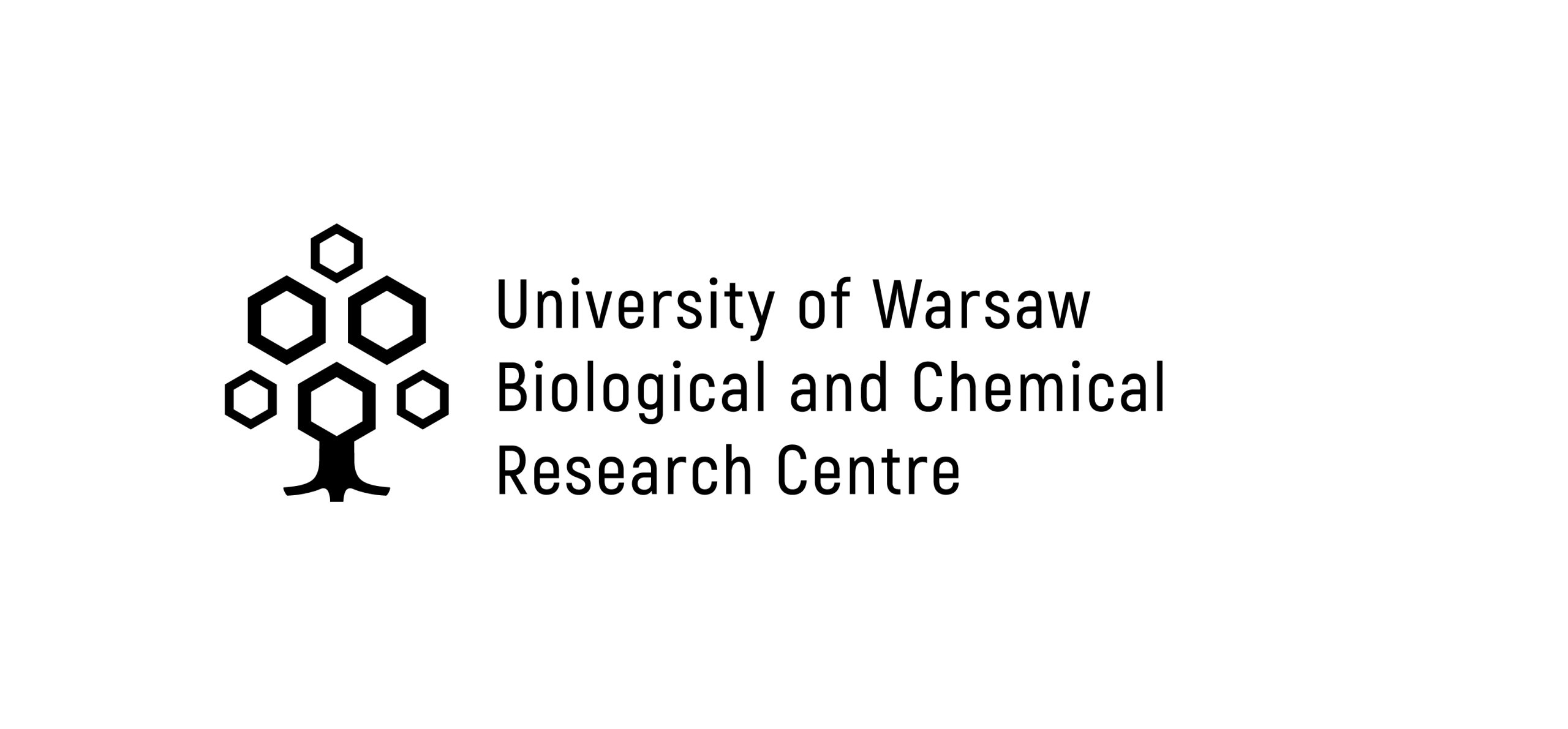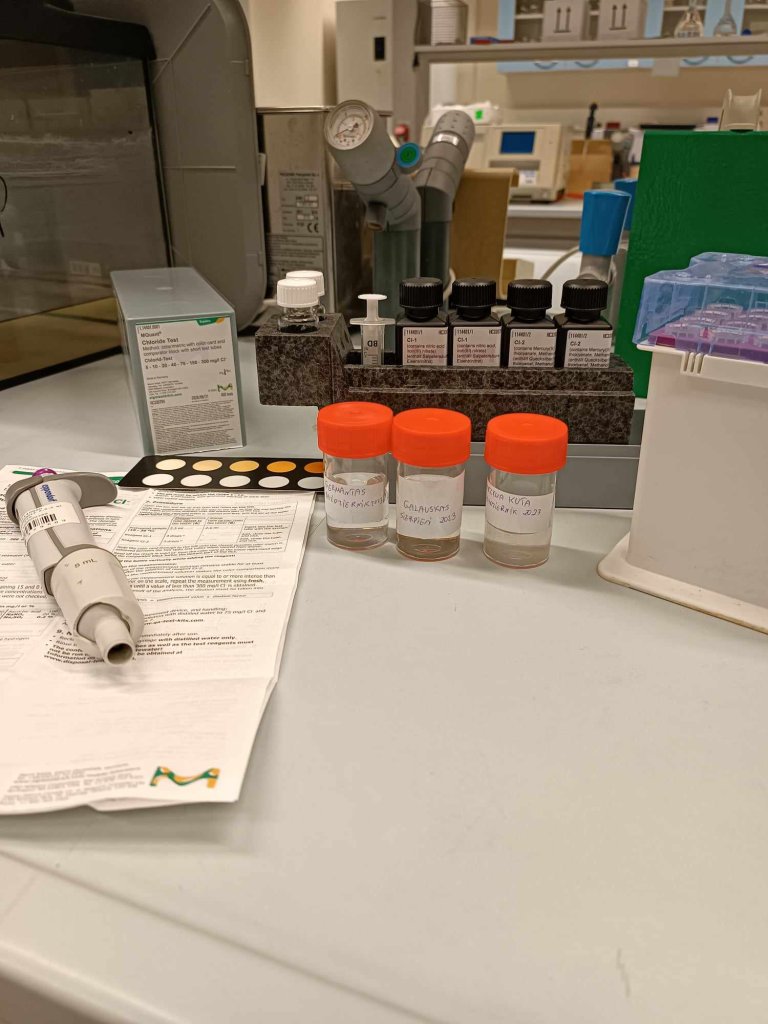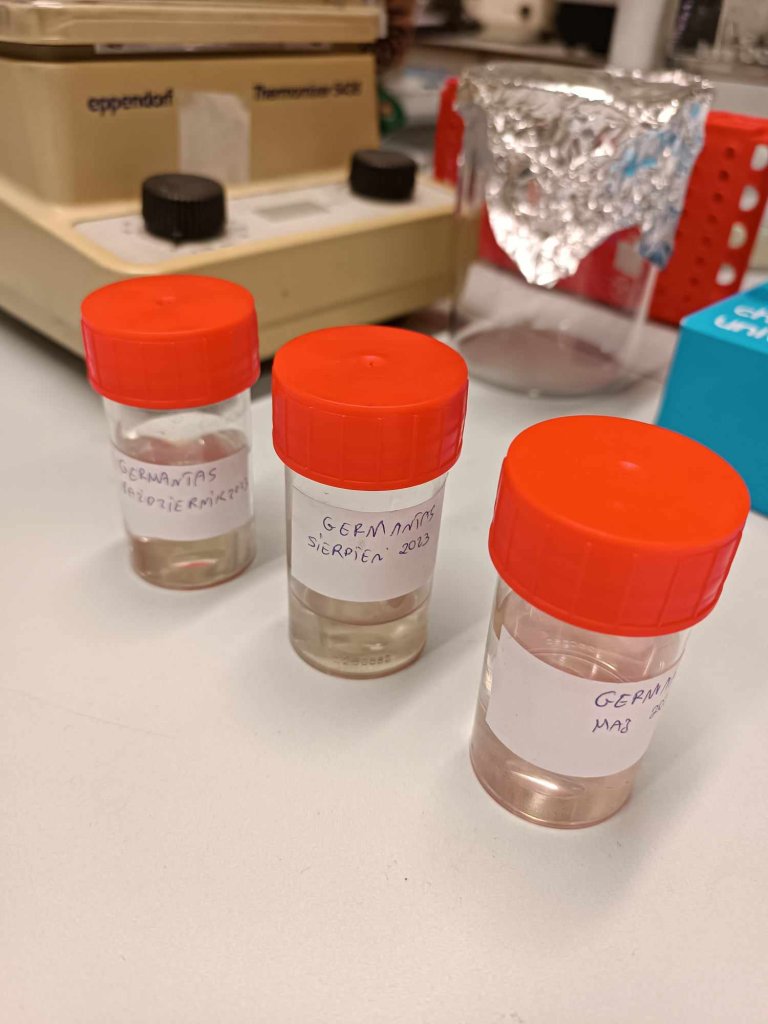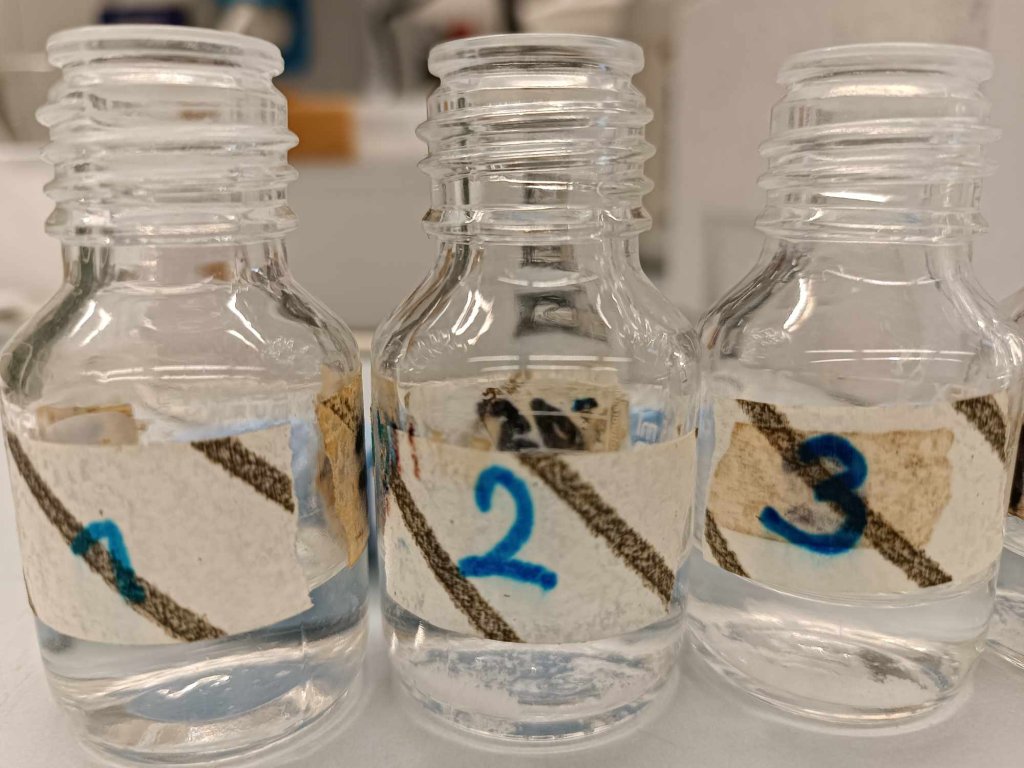Pilots under the Interreg Lakes Connect project: Testing the quality of water in lakes

15 02 2024
Last year, as part of the Interreg Lakes Connect project, we conducted pilot studies on selected lakes in Poland, Lithuania and Latvia. Our goal was to assess the impact of tourism on the cleanliness of the lakes, so we collected water samples before, during and after the tourist season. Currently, water samples collected during pilot studies are subjected to chemical analyzes in the laboratories of the University of Warsaw – Biological and Chemical Research Centres and at the Faculty of Biology, which will allow us to further explore changes in water quality in the region.
Analysis of key parameters:
During the pilot studies, we focused on three key parameters:
Chlorides:
We measure the level of chlorides in water, which is an important indicator of chemical pollution and the impact of human activity on lakes. Excess chlorides can negatively affect water quality and the health of the lake ecosystem, leading to changes in the chemical composition of water, which may threaten vegetation and aquatic organisms, as well as pose a risk of poisoning to animals and people using these water bodies.
Elevated chloride levels in water can have several potential causes, including:
- excessive use of road salt – by dissolving the salt and washing it into rivers and lakes during rainfall or melting snow;
- industrial pollution – in some industrial areas, especially where chloride is used as a chemical in production processes, there may be leaks or discharge of chloride-containing waste into nearby waters;
- pollution from agriculture – excessive use of fertilizers or pesticides containing chlorides may lead to these compounds being flushed into surface waters during rainfall;
- leaky sewage systems – leaks in sewage systems may lead to the release of chlorides with discharged sewage into ground or surface water.
Total phosphorus:
Total phosphorus measurements allow us to estimate the amount of nutrients available to aquatic organisms, which is crucial for the balance of the aquatic ecosystem. Increased phosphorus content may lead to eutrophication of lakes, i.e. excessive growth of aquatic vegetation and algae, which may consequently lead to deterioration of water quality and reduced biodiversity.
Here are some possible causes and effects of increased phosphorus:
- agricultural drainage – excessive application of phosphorus fertilizers in agricultural fields may lead to excess phosphorus being flushed into nearby water bodies during rainfall. Agricultural drainage can be a significant source of phosphorus in lakes, especially in areas of intensive agriculture;
- Pollution from municipal sewage – discharge of untreated or insufficiently treated municipal sewage can deliver large amounts of phosphorus to surface waters. Waste, especially that from households and the food industry, may contain large amounts of phosphorus.
Total nitrogen:
We also examine the content of total nitrogen, which is an important indicator of biological and chemical processes in lakes, affecting their health and functioning. Increased nitrogen levels can contribute to eutrophication in lakes, which in turn can lead to changes in water quality and an increased risk of algal blooms.
Here are some possible causes and effects of increased nitrogen levels:
- tillage – excessive application of nitrogen fertilizers in agricultural fields may lead to excess nitrogen being flushed into nearby water bodies during rainfall. Excessive use of nitrogen fertilizers is a common agricultural practice that can lead to water pollution;
- pollution from municipal sewage – the discharge of untreated or insufficiently treated municipal sewage may provide large amounts of nitrogen to surface waters. Waste, especially from households and industry, can contain large amounts of nitrogen;
- drainage from urbanized areas – rainfall flowing from urbanized areas may contain pollutants, including nitrogen, which may be transported to lakes and other water bodies through drainage systems and rivers. In the case of pollution of lake waters with excess nitrogen and phosphorus, the illegal discharge of utility water from yachts, intensively used for recreation during the tourist season, e.g. in the Great Masurian Lakes, is also of great importance.
What will the next stage of research bring?
Work in the laboratories continues… The data collected as part of the research will be key to developing guidelines to support the protection of our lakes and ensuring sustainable management of water resources. Thanks to international cooperation within the project, we can even more closely monitor the impact of environmental factors on these important resources.
The results of our research will be published shortly after the analysis of all samples and indicators is completed.
Current information about the Lakes Connect project:
We encourage you to follow the activities of the Lakes Connect project on our website: https://interreg-baltic.eu/project/lakes-connect/
- Photo: Set of reagents and laboratory table during chlorides ions concentration assesment
- Photo: Lake water samples
- Photo: Exemplary sample – total nitrogen measurements
- Photo: Chlorides ions concentration measurement.
- Photo: Lake water samples in laboratory glass
- Photo: Samples during total nitrogen measurements






